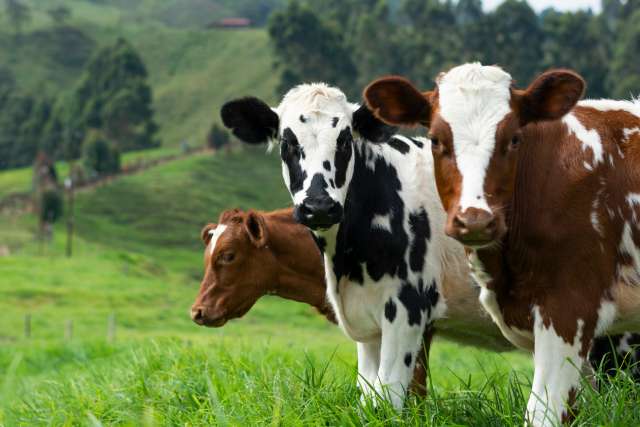Dear Doctors: We might start buying raw milk from a family farm in our area. It seems safe because they have only two cows and test the milk for bacteria. But when I told my dad, he said raw milk is always risky. Is that true?
Dear Reader: The term “raw milk” refers to milk that does not undergo pasteurization. That's the process of heating milk to the high temperatures needed to kill bacteria and other microbes. The safety of raw milk is a hot-button issue with deeply held opinions, both pro and con. On one side are public health officials, including the Centers for Disease Control and Prevention, who warn of the potential dangers of milk that has not been sufficiently processed to kill bacteria. On the other side are advocates, often impassioned, who say that modern-day dairy practices have removed the risks associated with raw milk and that pasteurization strips the milk of vital nutrients.
The potential dangers of raw milk arise from bacteria including salmonella, E. coli, listeria and brucella. They can make anyone ill, but are particularly dangerous to young children, older adults and individuals with weakened immune systems. Diseases known to be caused by contaminated raw milk include tuberculosis, diphtheria, listeriosis, Guillain-Barre syndrome and typhoid fever.
Microbes may come directly from the animal, or they can contaminate milk in the series of steps that take place as it makes its way to the consumer. This includes during milking, packaging and storage. Milk of any kind is an excellent medium for bacterial growth and requires vigilant hygiene to keep it safe. According to the CDC, improper handling of milk leads to nearly triple the hospitalizations of any other type of foodborne illness.
Advocates of raw milk point to the numerous precautions taken by modern dairy farmers who produce and sell it. This includes maintaining the health of the animals, hygienic milking conditions and practices, safety practices during packaging and transport, and extensive testing for the presence of bacteria. However, the CDC states that testing does not consistently detect low levels of microbial contamination, which can make someone sick. The agency also points to data that show some people have become seriously ill from raw milk that was procured from dairies that do regular testing.
At this time, the sale of raw milk is subject to a patchwork of laws. The FDA banned the sale or distribution of raw milk across state lines in 1987. However, the states themselves are free to allow and regulate the sale of the product within their own borders. Today, 30 states allow the sale and distribution of raw milk, and 20 states prohibit it. Whether it is legally available in your area, and the specific venues where you can purchase it, depend on your state's particular laws.
In our own practices, if the topic of raw milk arises, we share both sides of the issue with our patients. And when it comes to our advice, our approach is to urge patients to consider easing away from cow's milk altogether and to consider plant-based products instead.
(Send your questions to [email protected], or write: Ask the Doctors, c/o UCLA Health Sciences Media Relations, 10960 Wilshire Blvd., Suite 1955, Los Angeles, CA, 90024. Owing to the volume of mail, personal replies cannot be provided.)





